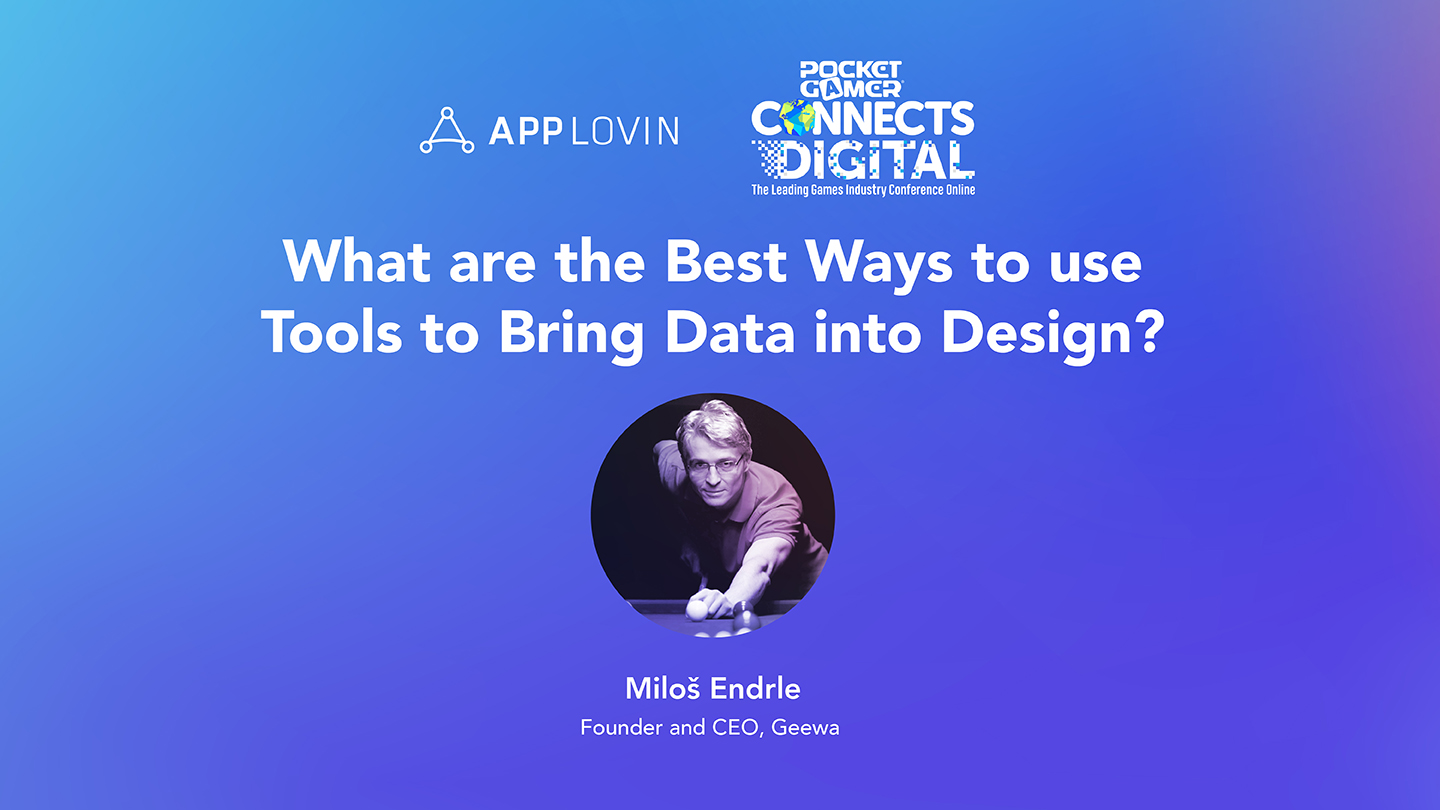Industry News & Events, User Acquisition
Why Data and Game Design Should Always go Hand in Hand
Jul 3, 2020

Industry News & Events, User Acquisition

I recently participated in Pocket Gamer Connects Digital #2, where I had the chance to talk about data in game design. This is a topic I care deeply about as both the CEO of a gaming studio and someone who is passionate about bringing the absolute best games to players.
Data should be your source of truth and inform everything you do as you design and improve your game. Without data, you’re working in the dark — you won’t be able to measure your progress, improve in-game features, or understand your players in a meaningful way. It’s behind every piece of the development cycle in the majority of today’s free-to-play games — from ideation, to prototyping, to soft and global launches.
One of my favorite quotes about data and game design is from Zynga’s founder Mark Pincus who said, “Data does not give you answers, but gives you better questions.” This is how I think we should be approaching data and design — going hand in hand. Data and a fancy algorithm cannot replace a great designer and their intuition but it can be used to confirm whether or not their ideas are sound. You should not rely on one without the other.
At Geewa, we have four main sources of data that we use to see and understand our business better:
In addition to informing game design and mechanics, we also use data to understand the lifecycle of our players, which is incredibly important for a game like Smashing Four. At the beginning of this process, we look to see what game features are resonating with our core gaming audience by A/B testing interest groups as we kick off a new user acquisition strategy.
However, when we have a first-time player, we look for an understanding of the game principles and their level of enjoyment of the core gameplay. These players are evaluated for their likelihood of LTV in what we call a tutorial funnel, which is observing the number of matches they’re playing and what their short-term retention rate looks like.
Once we know a player understands the core game, we take a look at what their in-game progress is like. We want players who aren’t moving too fast or too slow — this balance is key to a player-vs-player game where you’re matchmaking two players who don’t know each other. The core gameplay should be attractive to both paying and non-paying players alike for as long as possible.
I look forward to continuing these conversations with other industry experts in the future and if you’re looking for a good place to begin collecting data, start by playing games and learning from them. Take notes of what others are doing well and how you can iterate and improve your own games.